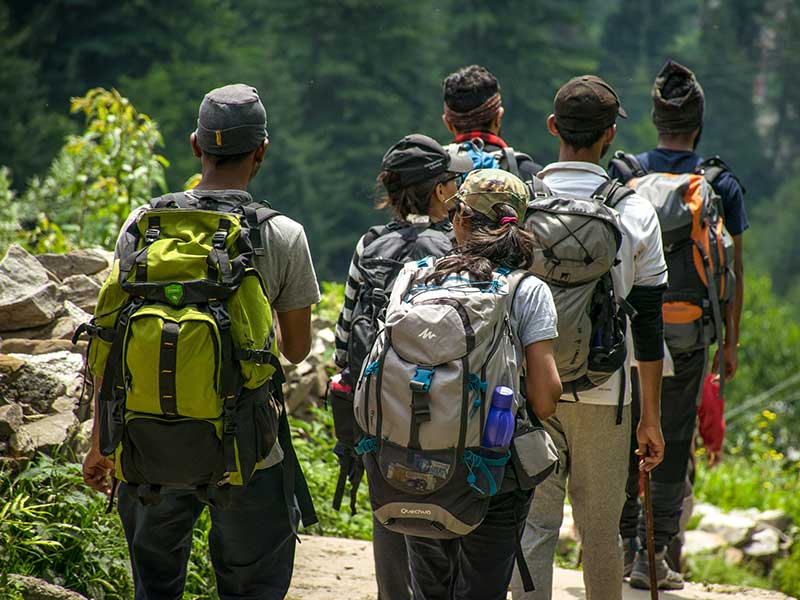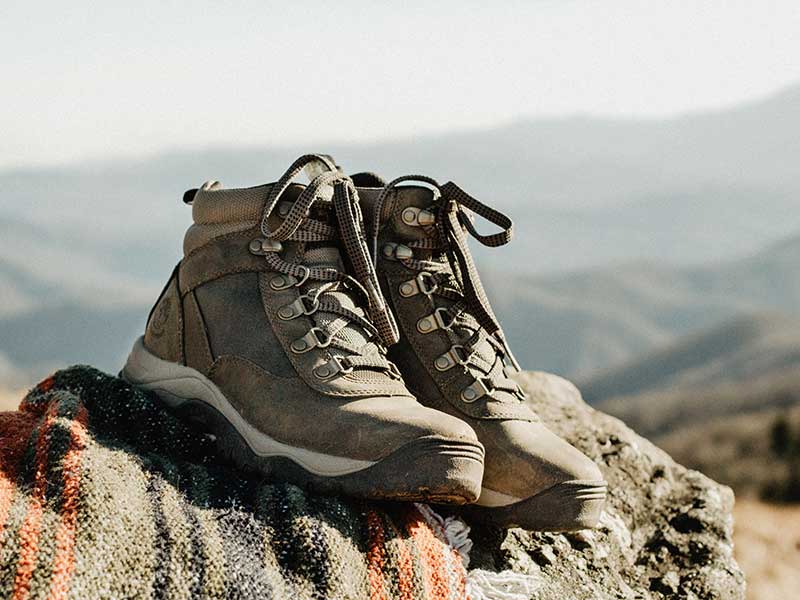Survival kit for your equipment: on-the-road fixes and home maintenance hacks

Trekking is unforgiving: a broken zip, a peeling sole or an open seam can turn an outing into a nightmare. But the problems don't end on the mountain. The 70% of equipment wear and tear occurs at homeThe following is a guide to repairing emergencies, due to poor washing, improper storage or lack of preventive maintenance. Here is a guide to repair emergencies en route and prolong the life of your equipment at homewith technical data, creative solutions and zero excuses for "I'll do it later".
The ultralight repair kit you can't afford to be without in your backpack.
Forget about carrying a lot of weight. This kit weighs less than 150g and saves expeditions:
- Multi-purpose knife or Leatherman type toolIdeal for cutting patches or tightening screws on crampons.
- 2 mm cable ties and twineThey repair everything from broken straps to tent fastenings.
- Heavy duty duct tapeTemporary patch for cracks in boots, tears in waterproof jackets or fixing poles.
- Quick-drying glue (type loctitethis is already for note )Revives unstuck seams on shoes or backpacks.
- Adhesive patchesThe ultimate solution for holes in technical fabrics or tents.
- Needle and strong thread: For mending tears in the field. Use kevlar thread if you are looking for maximum durability.
Pro Tip: Wrap 3 metres of duct tape around a water bottle: it saves space and prevents it from sticking. A few twists around a walking stick will also help.
Emergency Roadside Repairs: Step by Step
The most common emergency repairs to be made on the mountain during the course of activities are:
a) Breakage of zips or backpack straps
- Quick solutionUse zip ties to close critical compartments (e.g. hydration pocket). If the zip gets stuck, apply lubricant with a toothpick (lipstick works in emergencies!).
- Durable solutionSew a reinforcement with thread and adhesive patch.
b) Detached soles on boots
- Survival trickWrap the sole with duct tape in an "X" shape, securing the toe and heel. It will hold until the end of the route.
(I saw this the other day on a guy, but instead of using duct tape, he used the boot laces. At first glance they looked like fairly new boots, but I'm sure they must have been in the wardrobe at home for a decade...)
(c) Rupture in waterproof jackets
- Patch expressClean the area, apply the repair patch and lightly heat with a lighter to seal. You can read the instructions.
- Duct tape is a repair material that you should always take with you on your mountain activities, as it has multiple uses. It is very useful for repairing and preserving the characteristics of waterproof garments.
Home maintenance: avoid accelerated wear and tear of the team
(a) Washing and drying of technical garments
- Down jacketsWash them in the washing machine with specific soap (never fabric softener) and dry them with tennis balls to restore their volume.
- Waterproof fabricsUse enzyme-free technical detergent and reactivate DWR (water repellent) with spray after every wash.
- FootwearRemove stencils, wash with a brush and leave to air dry (never near direct heat sources!).
b) Adequate storage
- Sleeping bagsStore in cloth bags, never compressed. Down loses insulation if it is crushed. (From this we already talked about it in an article. Also as it should wash)
- Backpacks: Hang the straps to avoid deformation. Use silica bags to avoid humidity.
(c) Periodic reviews
- Seams and gluesCheck critical points (e.g. pole joints, stitching on harnesses) every 3 months.
- Waterproofing: Do a drop test on your tent, jacket before each season; also your shoes. If the water doesn't run off, it's time to reproofing (I wanted to put this English word that will appear in products for waterproofing technical fabrics). In this article for example we talk about how to waterproof boots.
DIY: Create your own repair shop at home
Above, I have left a video of the Patagonia project. Worn WearTo motivate you (they do it very well...).
- Advanced sewing kit: Includes thread of kevlarcurved needles (for shoe repair) and self-adhesive nylon patches.
- Gluing stationUse specific adhesives for rubber (boots), silicone (tents) or polyurethane (backpacks).
Well-maintained equipment not only saves money, it prevents rescues due to avoidable failures. Combine emergency solutions with proactive maintenance at home, and your equipment will be as resilient as you are. The next adventure? A trip without unforeseen events... or at least, without the same unforeseen events.
Don't miss any adventure in the Pyrenees!


